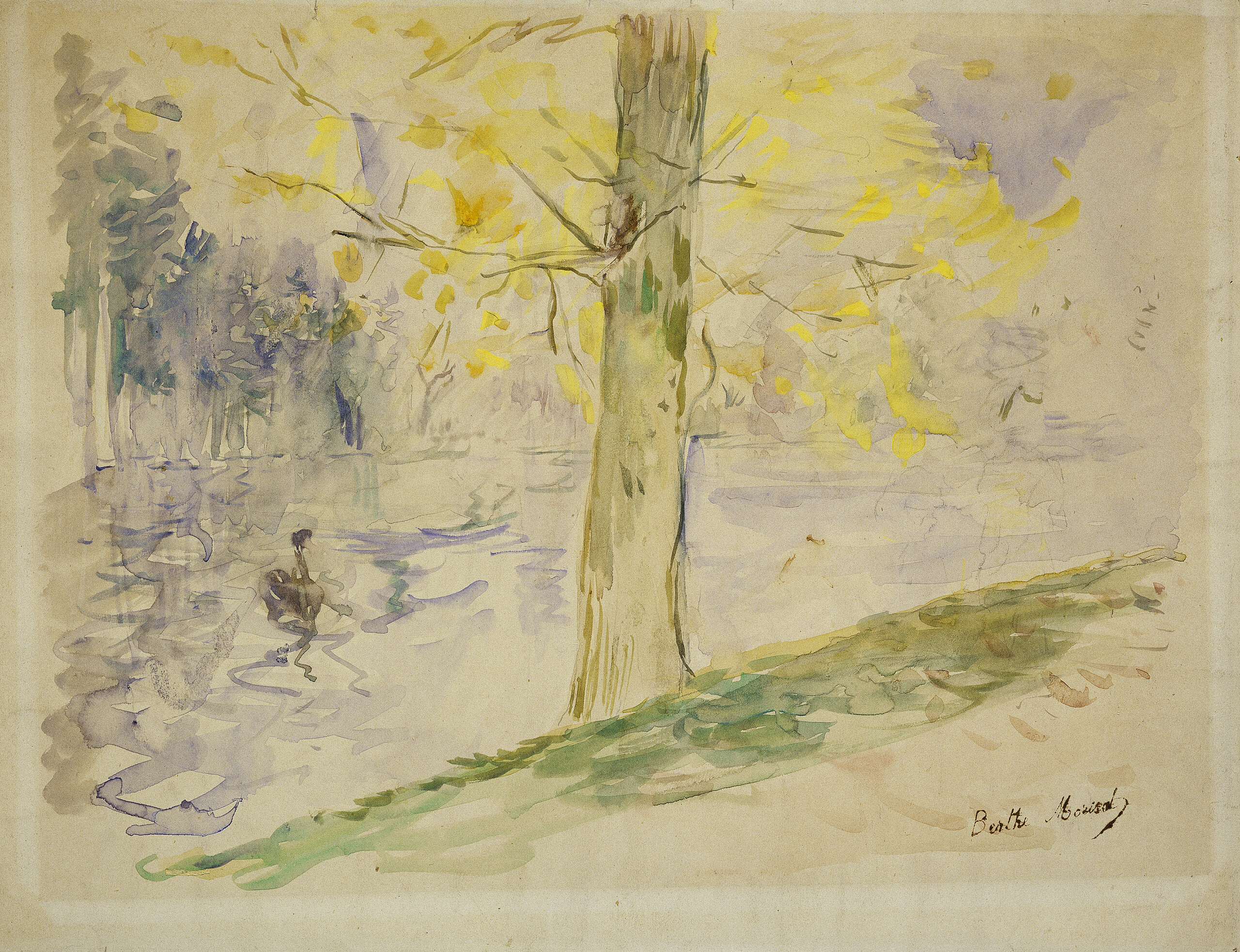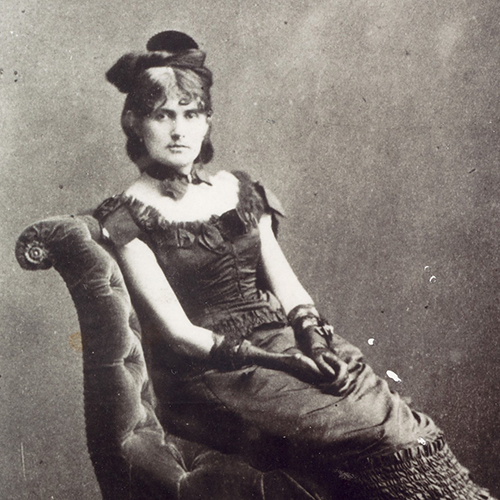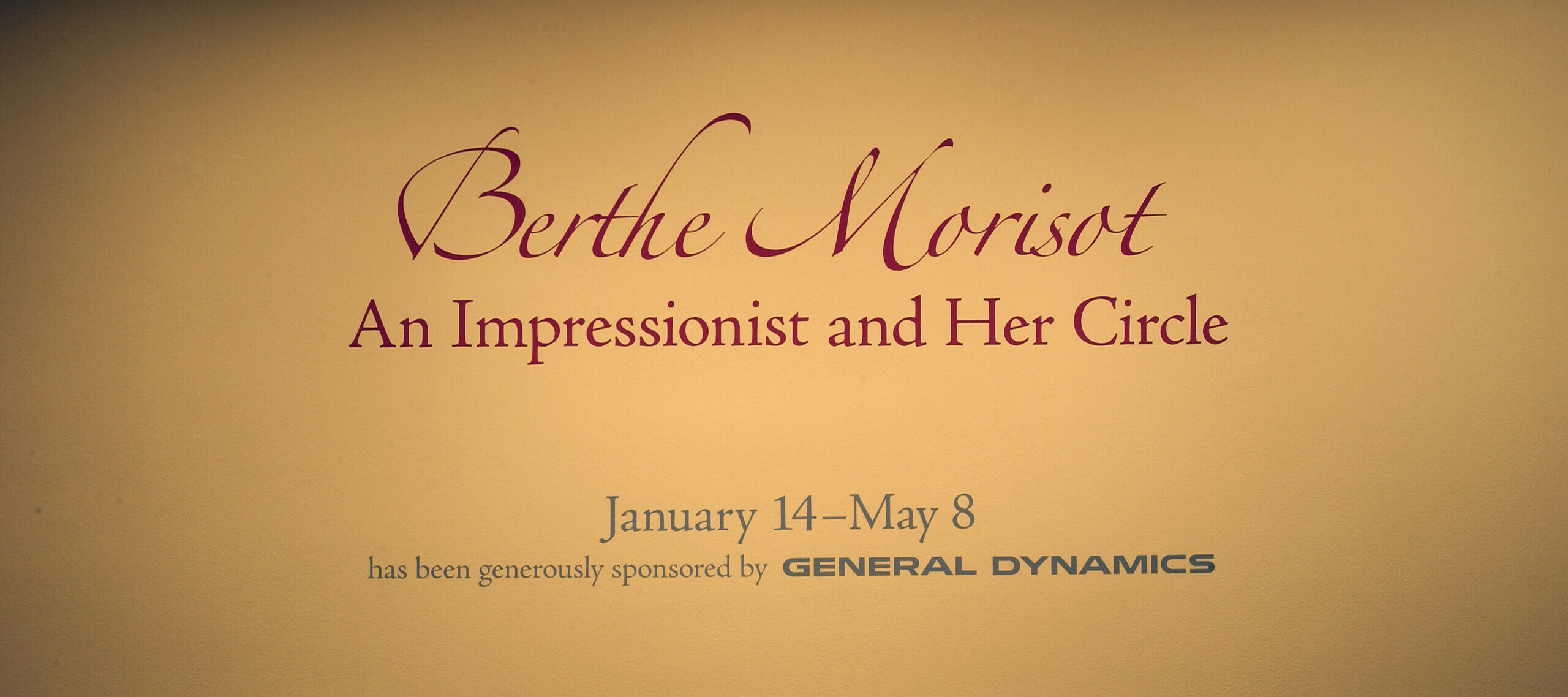NMWA presents Berthe Morisot: An Impressionist and Her Circle, showcasing the artist as an integral member of the Impressionist movement and establishing her place within French modernism by showing her paintings, prints, watercolors, and drawings alongside images produced by her male colleagues.
Morisot was born January 14, 1841, in Bourges, central France, the third daughter of prominent and wealthy civil servant Tiburce Morisot, who moved his family to Paris when Berthe was 11 to serve as the Judicial Adviser to the Auditor’s Office. This powerful position, with its high salary and important political associations, afforded the Morisots a privileged lifestyle as members of the upper middle class.
In the winter of 1868, Morisot’s artistic career and personal life took an unexpected twist when she was introduced to Edouard Manet while both were copying at the Louvre. Manet’s reputation and aesthetic innovations were well known to the young painter, and he became intrigued by her art and strong personality. While Morisot learned much from Manet, she was never a formal student of his and she often disagreed with his suggestions, most notably in her decision to join the Impressionist group, an invitation he refused.
In 1874, Edgar Degas asked Morisot to join him and his fellow painters, including Monet, Renoir, Camille Pissarro, and others in forming the group of independent artists that later became known as the Impressionists. Degas and his companions felt that Morisot’s pictorial technique, with her loose brushstrokes, softened lines, and light-infused color as seen in early works such as Boats Under Construction (1874) exemplified the Impressionists’ aesthetic aims.
For them, Morisot was the archetypal Impressionist; what some critics deemed as feminine, unstable, and superfluous was in fact at the heart of the modern avant-garde style known and loved today, from Monet’s water lilies to Degas’s dancers. Morisot remained faithful to Impressionism after others abandoned the movement, participating in seven of the eight exhibitions and single-handedly organizing the final show in 1886, which paved the way toward Post-Impressionism.

Berthe Morisot, Lake at Bois de Boulogne, ca. 1887; Watercolor on paper, 10 x 13 in.; National Museum of Women in the Arts, Gift of Wallace and Wilhelmina Holladay
The Artist,
Berthe Morisot
Berthe Morisot, associated with Monet, Renoir, Pissarro, and Degas, was included in seven of the eight Impressionist group exhibitions held between 1874 and 1886.

